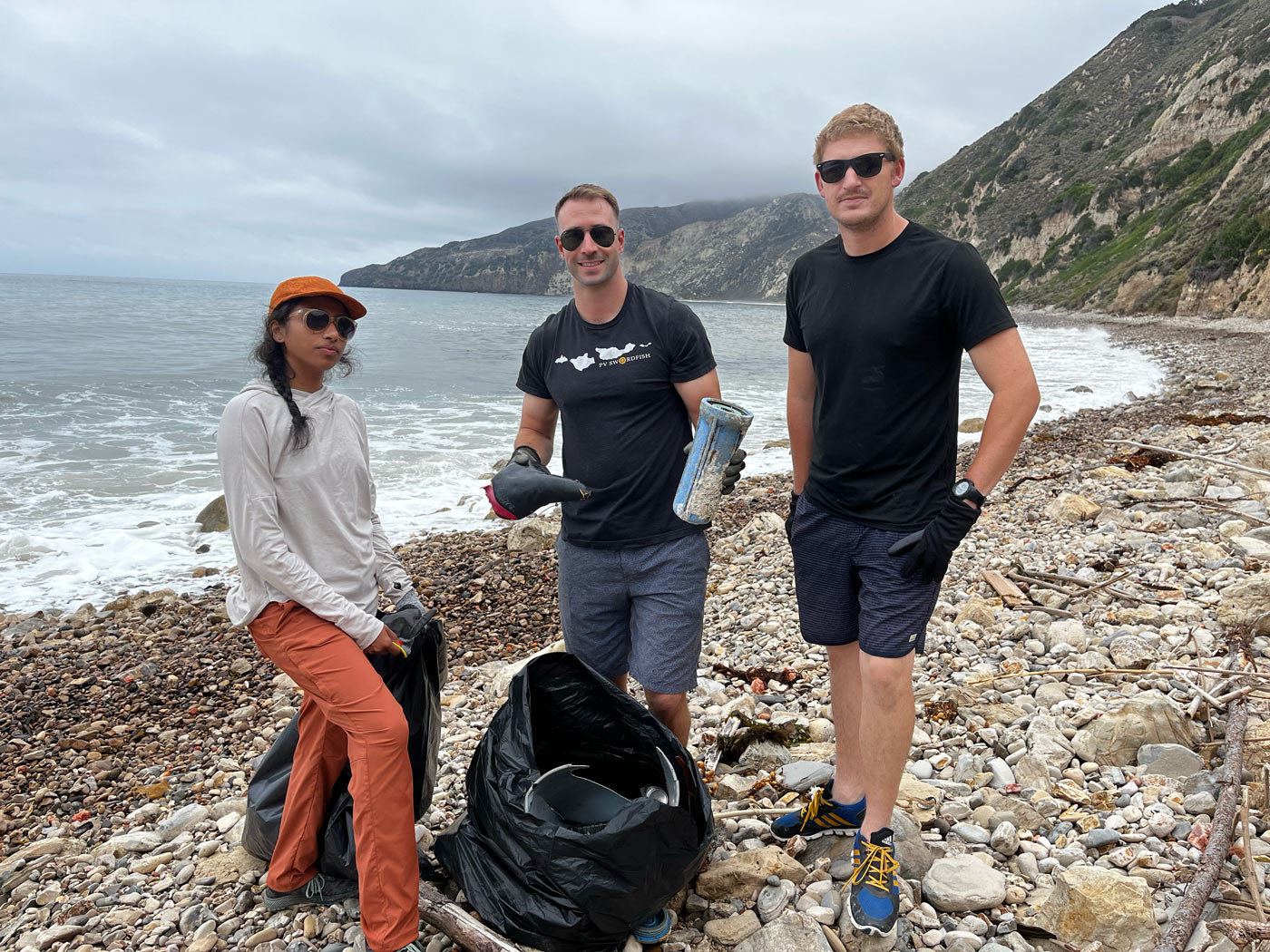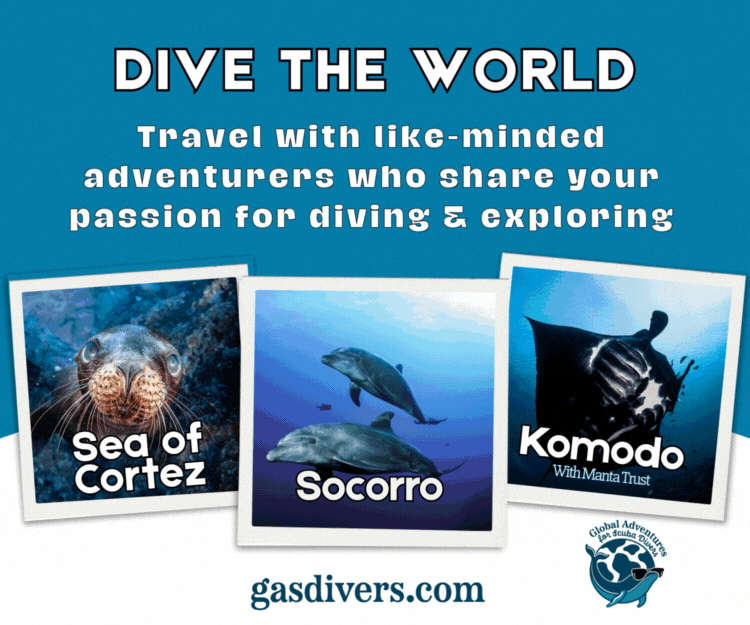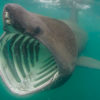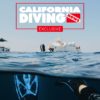Have you considered supporting ocean conservation through your recreational diving? Are you interested in helping scientists address real-world problems? If either answer is yes, read on to find out more about citizen science opportunities with the National Oceanic and Atmospheric Administration (NOAA, pronounced Noah).
Citizen science is a term that describes the public voluntarily participating in the scientific process. These volunteers work with scientists to identify research questions, collect and analyze data, interpret results, make new discoveries, develop technologies and applications, as well as solve complex problems. This work also goes by other names such as “community science” or “participatory science.”
In a 2022 survey by The Reef-World Foundation, 82% of divers across the globe said they would like further education on protecting marine life while on vacation. The results are hardly a surprise, as the diving community is among the most environmentally conscious groups of people in the world.
Read on for an introduction to a variety of NOAA and partner citizen science projects for divers in the underwater environment, as well as about volunteer opportunities on land.

White abalone, found in NOAA’s Channel Islands National Marine Sanctuary, was the first invertebrate (animal without a backbone) to be listed as endangered. Closely related to snails, this species is most threatened by overfishing. Photo Credit: NOAA
We Want You To Find Hal
NOAA and partners are looking for Hal—Haliotis sorenseni, that is. Haliotis sorenseni or the white abalone is on the brink of extinction, and your observations could contribute to the conservation of this endangered species. Divers are encouraged to keep an eye out for white abalone on their recreational dives. You can use our ID cards to see different abalone species and help NOAA positively identify white abalone.
If you spot what you suspect is a white abalone, stop and look for beige tentacles and tissues with three to five open pores. The next step is to take photographs of the abalone, and in an ideal scenario, you would include a scale bar in the photo. It is important to not touch the abalone. Direct contact can cause undue harm to the animal, and this species is critically endangered. Take note of the location of the suspected white abalone on the rocky reef and record the latitude and longitude of the dive site. Document the depth and habitat features, noting if the abalone was on a rock, in a crevice, and/or with algae. White abalone tend to be found in 30-60 feet of water, but they can be shallower or deeper. When your dive is over, be prepared to share your observations with NOAA by recording the details on the Finding Hal website. Finding these critically endangered abalones in the wild is vitally important, and NOAA will send you a cool reward for submitting your observations.

A poster from the Finding Hal website with a snapshot of what you should do if you find a white abalone while diving. Credit: NOAA

NOAA Diving Program Manager Joe Hoyt from the Office of Marine and Aviation Operations holds an empty white abalone shell with a juvenile white abalone–the small reddish bump–inside. The abalone was returned to the ocean. Credit: NOAA Fisheries
Tracking Marine Invasives
A large number of marine algae species have been unintentionally introduced to California waters. When these non-native species become widespread and abundant, they can be a nuisance—or worse—to native species and may turn invasive and dangerous to established native populations. Monitoring these invasive species is crucial for effective management and to prevent their spread.
The two species of invasive algae that are currently being tracked in Southern California are Sargassum horneri and Undaria pinnatifida.
Sargassum horneri is often called “devil weed” by Southern California boaters and divers. This brown seaweed is native to Japan and Korea and was first detected by biologists in California in 2003, likely hitchhiking on a commercial vessel. This invasive algae has spread from Long Beach Harbor to Baja, Mexico, and throughout the Channel Islands, taking over areas that once were dominated by native kelp. (Read more on devil weed in the May 2024 California Diving News marine life column.)
Undaria pinnatifida is a brown seaweed native to Japan that is often referred to as “wakame” or “Asian kelp.” This is a type of algae that is found in miso soup and seaweed salads. This invasive algae has been spreading across the world’s oceans since 1971. It was first discovered in the Los Angeles Harbor in 2000, likely introduced via commercial shipping vessels. The International Union for the Conservation of Nature (IUCN) lists Undaria pinnatifida as one of the world’s 100 worst introduced species.
When you find either of these species underwater, record:
- Species name
- Depth found at
- Life stage
- Habitat found in
Make sure to not remove the invasive species, since it spreads easily when handled. It is also really helpful to take photos to add to your observation online. Once you’re at the surface, record the location where you were diving and the dive site name. Before you depart the dive site, make sure that you are not towing along any of the hitchhiking seaweed. Once you are back on shore, visit the Multi-Agency Rocky Intertidal Network (MARINe) website to record your observation.
Learn more about how you can help fight invasive species.

Former Dr. Nancy Foster Scholar, Dr. Lindsay Marks Orisini monitors “devil weed” (Sargassum horneri) in the Channel Islands. Credit: Tom Boyd.
Not Underwater, But On The Water
Say you’re in transit to your favorite California dive location, or simply out on a boat, kayak, SUP, or other means of floatation, and you see whales. This is where Whale Alert comes in. It is a free smartphone app that uses reported whale sightings to help prevent vessel strikes, which are a leading cause of whale mortality. Consider contributing your observations by sharing your sightings on Whale Alert to help rescuers, researchers, and mariners reduce deadly vessel strikes.
Contribute To Community Science While On Land
NOAA’s Phytoplankton Monitoring Network is a community-based network of volunteers monitoring marine phytoplankton and harmful algal blooms (HABs). This data collection helps NOAA respond to and manage the growing threat posed by HABs. The monitoring network website provides information and tools for those interested in becoming a volunteer.
An option for getting involved in citizen science when you are on land is to pick up trash, plastic pollution, and debris while participating in NOAA’s Marine Debris Monitoring and Assessment Project. Recording marine debris information on the go can be a great way to document what you see, and many apps facilitate this. Standardized data collection at the same location over time offers valuable insights into the scope of the problem, its changes, and the types of debris most common in your area. NOAA’s project is a great way for dive enthusiasts, students, families, researchers, organizations, and volunteers to engage in monitoring and understanding debris that winds up on our beaches.

NOAA volunteers pick up marine debris, plastic pollution, and lost fishing gear on Santa Cruz Island in NOAA’s Channel Islands National Marine Sanctuary and National Park. Photo: Claire Fackler, NOAA National Marine Sanctuaries
Get Involved In California And Beyond
In California and all around the United States, there are many additional ways to get involved with NOAA through citizen, community, or participatory science. NOAA supports more than 60 citizen science projects. You can search through these to find information about local and national environmental activities you may be interested in. You can also visit the Federal Crowdsourcing and Citizen Science Catalog and select NOAA in the “view by agency” field.
More than 570,000 participants contributed 1.2 million volunteer hours in 2023 alone. That may be an impressive number, but any time and effort you’re willing to give will still make a difference.









